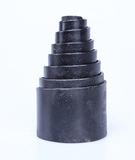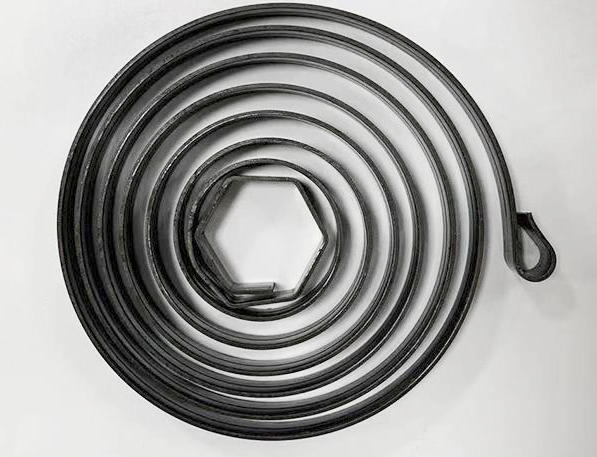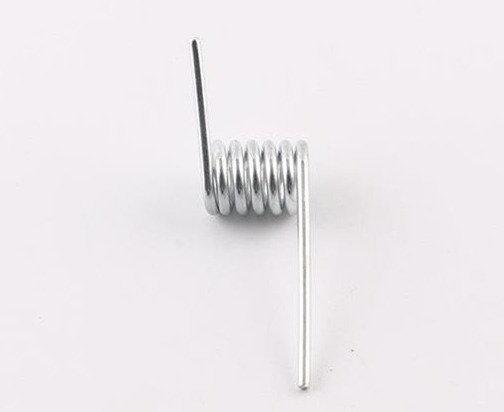How to Assess the Quality of Volute Springs
Table of Contents
Volute springs are vital mechanical components used in various industrial applications, known for their spiral-shaped coil structure. Its quality is crucial to the performance and lifespan of the equipment in which it is employed. Assessing the quality of a volute spring involves several aspects, including geometrical accuracy, material properties, mechanical performance, surface treatment, non-destructive testing, and environmental adaptability. This article provides a comprehensive guide on how to judge the quality of a volute spring based on these criteria.
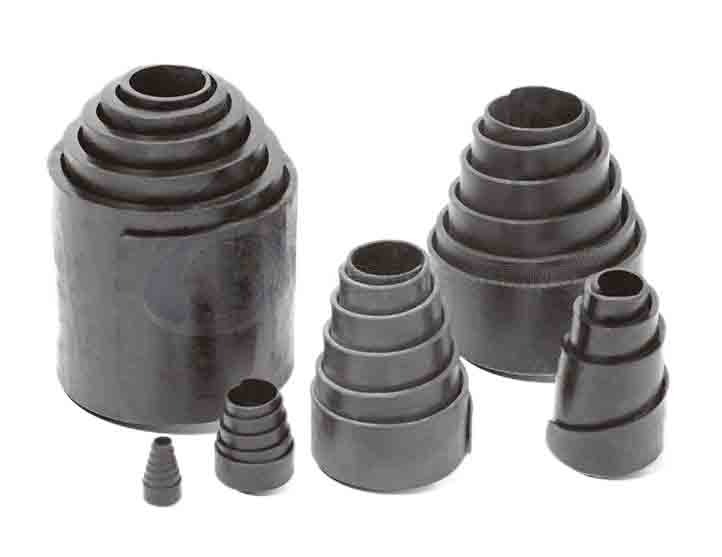
1. Geometrical Dimensions Inspection
The first and most basic factor in assessing the quality of a volute spring is ensuring that its geometrical dimensions match the design specifications. Key dimensions include the inner and outer diameters, height, number of coils, and pitch. Any deviation from the specified dimensions can cause the spring to malfunction or fail to meet the required performance standards.
To ensure accuracy, precision measurement tools such as calipers, micrometers, or even advanced laser measurement systems are employed. The tolerance limits must be strictly adhered to, as even minor dimensional errors can lead to improper installation or performance issues.
For industries like aerospace or automotive manufacturing, where high precision is essential, the tolerances for geometrical dimensions are exceptionally tight. In these fields, any deviation could have significant consequences, leading to malfunctioning systems, equipment failures, or even safety risks. Thus, the precision of geometrical measurements is a fundamental step in evaluating volute spring quality.
2. Material Performance Testing
The performance and longevity of a volute spring are largely determined by the material from which it is made. Therefore, testing the material’s mechanical properties is essential. The spring material must possess adequate strength, hardness, elasticity, and fatigue resistance to endure the load and conditions it will be subjected to.
Several tests can be conducted to assess material performance:
- Tensile Testing: Measures the material’s tensile strength and elasticity. A spring should be able to withstand pulling forces without permanent deformation.
- Hardness Testing: Determines the material’s resistance to indentation or scratching, which correlates with its durability under compressive forces.
- Fatigue Testing: Evaluates the material’s resistance to repeated cyclic loading, which is critical in applications where the spring will undergo frequent compression and decompression over its operational life.
The material’s chemical composition must also be carefully controlled. For instance, springs used in corrosive environments may require materials that are corrosion-resistant or have been treated with specific coatings. Inferior material selection or improper material testing can lead to premature failure, reducing the spring’s useful life and potentially causing catastrophic failures in the machinery it supports.
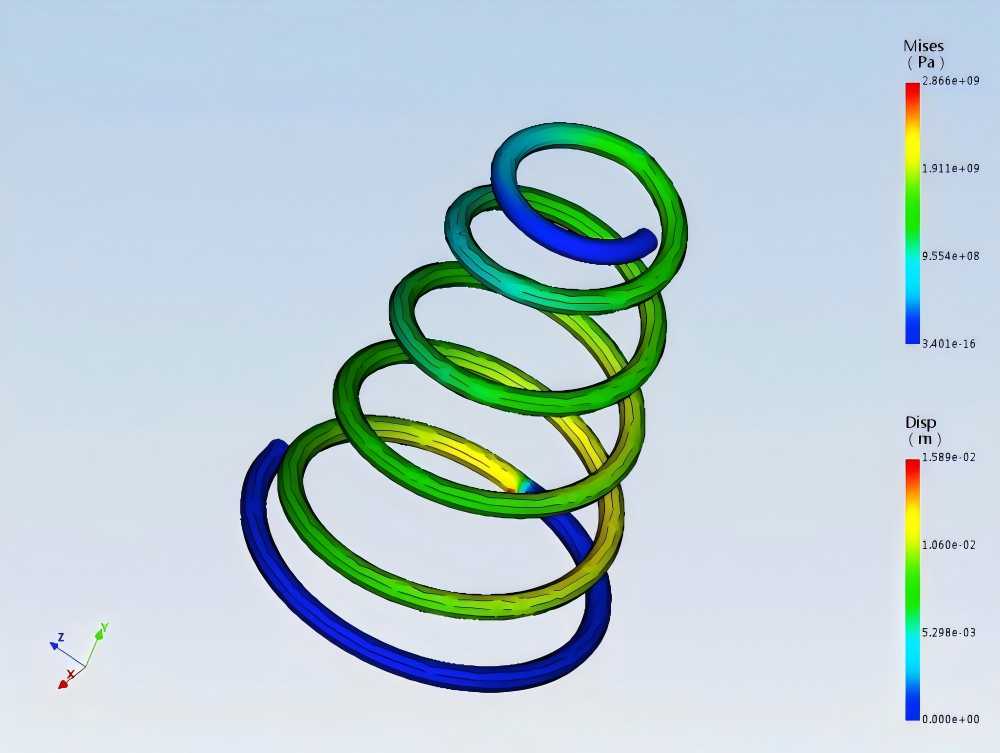
3. Mechanical Performance Testing
Mechanical performance testing is a critical step in assessing the volute spring’s quality. This process validates how the spring will perform under actual working conditions. It typically includes static load testing and dynamic fatigue or cyclic testing.
- Static Load Testing: Involves applying a constant load to the spring and measuring its deformation. This helps determine the spring’s stiffness and verifies whether its elastic properties meet the design specifications. The spring must be able to compress and return to its original shape within its elastic limits without any permanent deformation.
- Dynamic Fatigue Testing: This test simulates real-world applications where the spring is subjected to repeated loading and unloading cycles. The goal is to assess the spring’s ability to maintain its mechanical properties over many cycles without experiencing fatigue or failure. A volute spring that fails prematurely during cyclic testing indicates insufficient fatigue resistance, making it unsuitable for long-term applications requiring high endurance.
The results of these tests provide critical information about how the spring will perform over time and under various conditions. Poor performance in these tests can signal potential issues such as early fatigue failure, which could lead to breakdowns in the machinery that the spring supports.
4. Surface Treatment Evaluation
Surface treatment plays a significant role in determining the overall quality and durability of a volute spring, especially in harsh environmental conditions. Surface treatments such as coatings, heat treatments, and other finishing processes enhance the spring’s resistance to corrosion, wear, and other environmental factors.
Common surface treatments include:
- Electroplating or Galvanization: These processes add a protective layer of metal, usually zinc, to the surface, making the spring more resistant to corrosion. This is particularly important in environments where the spring is exposed to moisture, chemicals, or other corrosive agents.
- Heat Treatment: This process is used to modify the spring’s hardness and toughness. Proper heat treatment ensures that the spring has the correct balance of strength and ductility, which is essential for long-term performance.
- Powder Coating or Painting: These treatments are often applied to improve aesthetic qualities and provide a protective barrier against corrosion and wear.
During the surface treatment evaluation, inspectors check for uniform coating application, absence of defects like cracks, bubbles, or peeling, and adherence to the specified thickness of the treatment layer. Improper surface treatments can lead to premature failure due to rust, oxidation, or excessive wear.
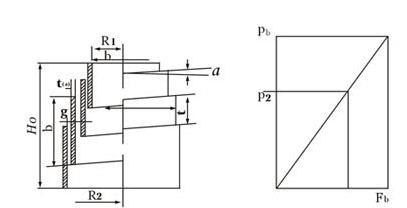
5. Non-Destructive Testing (NDT)
Non-destructive testing (NDT) methods are essential for detecting internal and surface defects in a volute spring without causing damage. This type of testing is especially important for springs used in critical applications, such as aerospace or nuclear industries, where even small defects can result in catastrophic failures.
Common NDT methods include:
- Ultrasonic Testing: Ultrasonic waves are used to detect internal cracks, voids, or other discontinuities within the spring. This is crucial for identifying hidden defects that could compromise the spring’s structural integrity.
- Magnetic Particle Testing: This method is used to detect surface and near-surface defects in ferromagnetic materials. It involves applying a magnetic field to the spring and then introducing magnetic particles. If any cracks or defects are present, the particles will accumulate, making the defects visible.
- Dye Penetrant Testing: This technique involves applying a dye to the surface of the spring, which seeps into any cracks or surface defects. After a developer is applied, the defects become visible, allowing inspectors to identify any potential issues.
NDT is a critical aspect of quality control because it helps identify potential failure points that may not be visible to the naked eye. Detecting these defects early allows for corrective actions to be taken before the spring is put into service, reducing the risk of failure in operation.
6. Environmental Adaptability Testing
Volute springs are often exposed to various environmental conditions, including extreme temperatures, humidity, and exposure to chemicals or corrosive substances. Therefore, environmental adaptability testing is crucial to ensure that the spring can maintain its performance and integrity under different environmental conditions.
Some common environmental tests include:
- Temperature Testing: Springs may be subjected to both high and low temperatures to evaluate how the material and mechanical properties are affected. For instance, at high temperatures, the spring may lose its strength and elasticity, while at low temperatures, it may become brittle.
- Corrosion Testing (e.g., Salt Spray Test): In this test, the spring is exposed to a saline mist for an extended period to assess its resistance to corrosion, which is particularly important for applications in marine environments or areas with high humidity.
- Chemical Resistance Testing: If the spring is exposed to chemicals, it must be tested to ensure that it will not degrade or corrode when in contact with certain substances.
By simulating these harsh environmental conditions, engineers can evaluate whether the volute spring will perform reliably in its intended application. A spring that fails these tests is likely to degrade quickly in real-world conditions, leading to reduced performance or even failure.
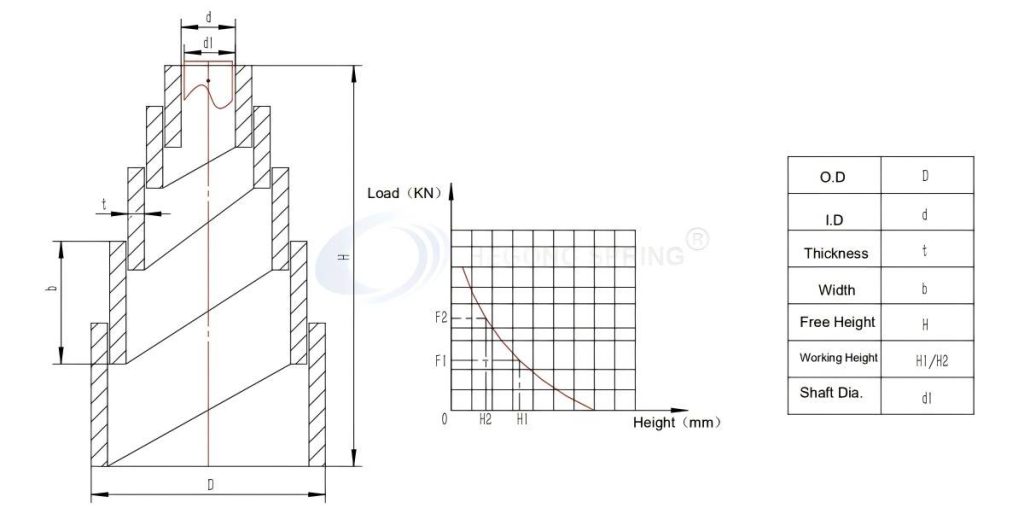
In short, to accurately assess the quality of volute springs, a thorough evaluation across multiple factors is essential. Only when all criteria meet the highest standards can the spring be considered truly high-quality, providing reliable support and protection for various mechanical systems.

